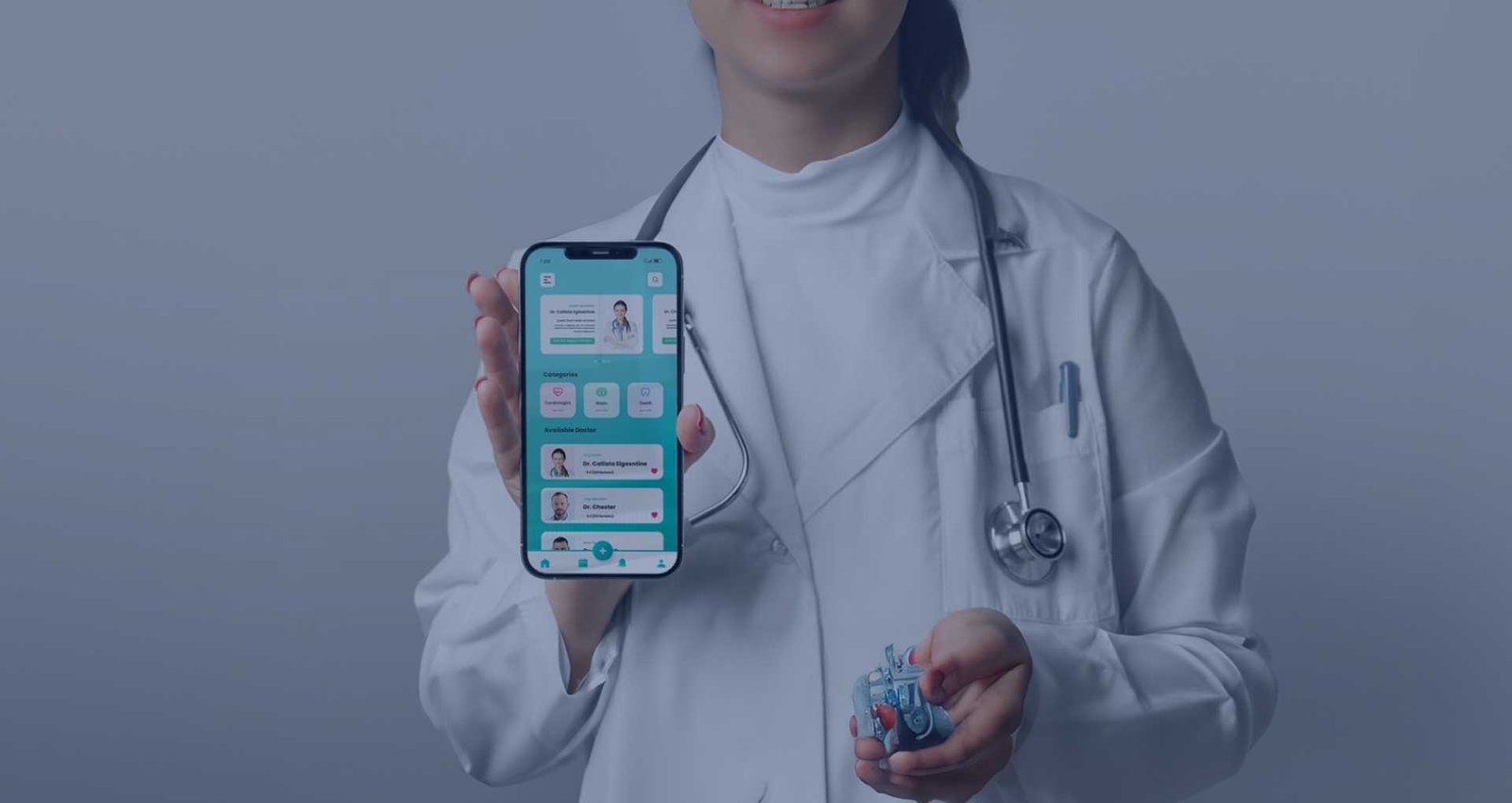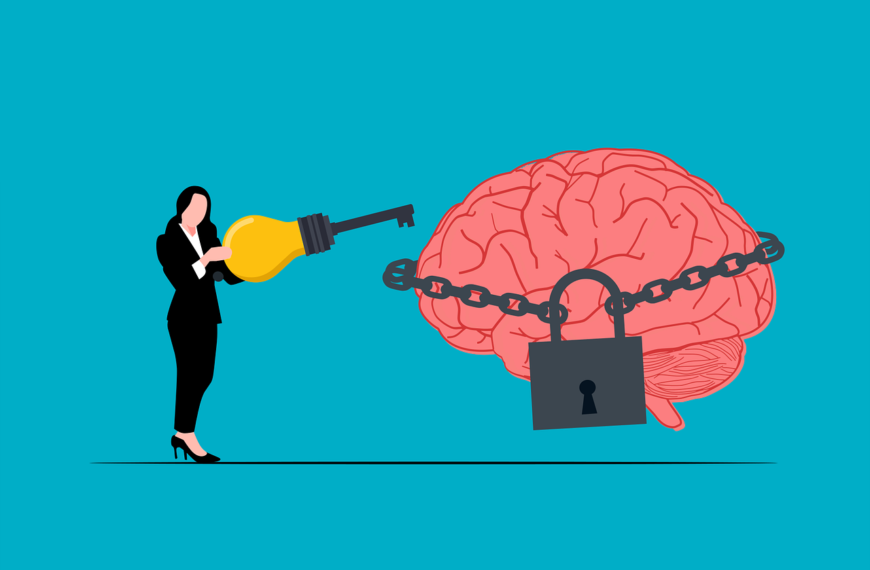It is now easy for patients and doctors to connect, all thanks to telemedicine. With just a click, patients can schedule appointments and receive prescriptions, regardless of their location or time. This has truly revolutionized the healthcare world, making it more flexible and collaborative than ever before. In this blog, we will discuss the advantages of telemedicine apps from both the patient’s and the doctor’s perspectives. However, first, let us provide a brief introduction to telemedicine apps and their key features.
What are Telemedicine Apps?
The telemedicine app connects patients and healthcare providers remotely, allowing patients to receive medical advice, diagnosis, and treatment. They also help track health data and offer timely interventions, and optimize care for patients in remote areas. Before you move on to telemedicine app development, let us tell you about its key features:
- Rescheduling and easy booking of appointments.
- Give reminders for medical visits.
- Send prescriptions to patients digitally.
- Real-time view of patient health data.
In recent years, telemedicine apps have reduced the geographical barriers, ensuring that rural areas can have access to healthcare services. It also enhances health outcomes for patients, which helps prevent complications and boost patient engagement. These are just a few advantages of the telemedicine apps let us tell you more.
Benefits of Telemedicine Apps: Healthcare Professional Perspective
We have divided the advantages of telehealth apps into two perspectives: one from the patient’s point of view and the other from the healthcare provider’s perspective. First, the benefits of telemedicine from the perspective of healthcare professionals are given below:
- Increased Patient Reach
Telemedicine apps are highly beneficial for people of underserved communities or patients living in remote areas where healthcare services are scarce. Now, healthcare professionals without having to travel can deliver care, opening up opportunities for second opinions and cross-state consultations also helping them grow their practice.
- Scheduling Flexibility
Telemedicine helps doctors schedule their appointments flexibly; now they don’t have to sit in the office all day and schedule appointments. They can check their patients from the comfort of their home or during off-hours, allowing them to restore their work-life balance. Also, the virtual appointments take less time than in-person visits, making it easier for patients to fit into their schedules. Many telemedicine app development services offer features like scheduling, reminders, which also help doctors streamline their workflow, which leads to better time management and a stronger doctor-patient relationship.
- Access to Medical Data
The integration of these apps with electronic health records (EHR) gives doctors instant access to patient data such as medical history, lab results, and prescriptions during consultation. This helps the doctors in making quicker and informed decisions and many apps offer built-in clinical decision support tools that assist the treatment and diagnosis options, which enhances the quality of care.
- Improved Patient Monitoring
The interesting development in the healthcare world is the integration of wearable devices and mobile trackers into telemedicine apps, which allows the doctors to monitor vital signs in real-time. This is especially vital for the effective management of chronic conditions like diabetes, hypertension, and heart disease. Also, helping physicians in detecting the early warning signs leading to immediate intervention, promoting the culture of proactive care. It also improves clinical decision-making, which can reduce hospital admissions.
- Decreased Operational Costs
Telemedicine apps as a whole have reduced the operational overhead for doctors; now it is not necessary for a doctor to lease a space and hire staff to manage equipment. Now doctors can operate virtually with minimum infrastructure. Also, tasks like billing, appointment booking, and patient communication can be automated via these apps. This not only cuts costs but also saves time, improving the profitability by reducing their administrative burden. In short, it is not necessary for doctors to invest in physical locations.
- Personalized Healthcare
Now, patients demand personalized care, and telemedicine apps allowing the real-time tracking of patients’ vital signs can help in better disease management. These apps containing patient data can also help doctors develop a personalized care plan enhancing patient satisfaction.
Patient Perspective: Benefits of Telemedicine Apps
Telemedicine app development is not only useful for doctors but also for patients, whilst doctors can streamline their practice and patients can easily access their data. Let us tell you more about the advantages these apps can bring for patients.
- More Access to Healthcare
Due to telemedicine apps, patients have more access to their doctors; now, they can consult them from the comfort of their couch. This has eliminated the need for patientsto travel or wait in clinics, offering convenience which is helpful for patients with mobility issues. Additionally, the app-based consultations are quicker and can be flexible, like in evenings or on weekends.
- Decreased Costs
The virtual visits cost less than in-person visits ,meaning patients don’t have to spend additional money on transportation, or take time away from their work. Now many insurance providers also cover telehealth services, which further makes it a cost-effective option. This is useful in both cases for managing chronic diseases and conducting routine check-ups. All in all, by removing financial barriers, telemedicine is allowing more patients to access healthcare without worrying about affordability.
- Timely Care
Patients can receive timely care, meaning the telemedicine apps help streamlinethe scheduling process, giving a real-time view into slots so that users can book or reschedule appointments. This rapid access is helpful for addressing the small problems before they become big. Some telemedicine platforms also offer 24/7 availability reducing the anxiety and stress in patients that comes with facing delays.
- Continuity of Care
The telemedicine apps have become vital also due to its ability to store patient data (lab results, prescriptions, and lab results). This consolidated information in one place helps healthcare providers access it whenever they want, leading to personalized and consistent care. Additionally, patients with easy access to their data can also get an overview of their health and make informed decisions. Also, the apps have features like medication reminders, educational resources, and symptom tracking that can also keep patient engaged in their care. Overall, this continuity is crucial for patients with long-term health conditions. The personalized attention and ease of access help the patients to play more proactive role in their health journey.
- E-Perscription
The E-prescription in the telehealth app allows doctors to send prescriptions promptly to insurers and pharmacies. This means the patients don’t have to go through the hassle of taking their prescriptions physically to pharmacies and can instantly access their prescriptions whenever they want. This also reduces wait time and minimizes the errors associated with handwritten prescriptions, helping the patients manage their treatment well and also get alerts in case of refill options.
Telemedicine App Use Cases
Let us tell you about some of the telemedicine use cases.
- The virtual doctor consultations are vital for non-emergency cases like skin conditions and flu etc.
- Easy management of chronic disease with regular remote check-ins and monitoring.
- Online counseling sessions and video therapy due to mental health support.
Final Thoughts
Telemedicine apps have revolutionized the way in which care is now delivered and managed. Now patients can easily connect with their doctors and doctors can connect with their patients whenever they want. Many telemedicine app development services are bringing innovation in telehealth by including features like remote monitoring, AI-powered scheduling, and healthcare alerts based on patient data. Indeed, telehealth has reformed the healthcare sector as a whole by increasing access to care by improving workflows and enhancing patient care.










